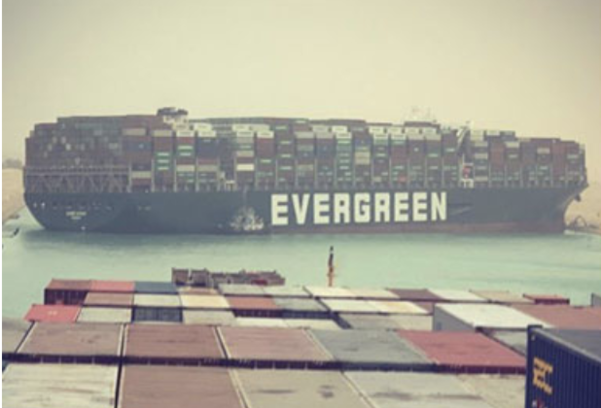Input 2021.03.25 09:06
According to the shipping industry on the 25th, the ultra-large container ship’Ever Given’ operated by Taiwanese shipping company Evergreen stopped in the middle of the Suez Canal on the 22nd (local time). Congestion continues as a 400-meter-long container ship blocks the Suez Canal.

Nationality HMM(011200)It has been confirmed that none of the container ships have entered the Suez Canal at present. However, all 12 ships of 24,000 TEU (1TEU = one 20ft container) that were put on European routes last year pass through the Suez Canal. If the accident response is prolonged, the route must be changed, and problems such as penalty fees will inevitably arise.

There are also observations that the accident could stimulate fares on European and Mediterranean routes. According to the Shanghai Shipping Exchange, freight rates for container ships on Asia-Europe routes peaked after peaking at $4452 per TEU on January 8. In particular, the decline increased this month and fell to 3665 dollars on the 19th. However, if the ship schedule is twisted, there is a high possibility that fares will rise again. It is in the same context that fares for routes to North America, which are severely congested, do not go down.
An official from the shipping industry said, “Since operational disruptions on European routes are inevitable, even if it does not take long to deal with the accident, fares on European routes can increase in the short term.
The concerns of domestic export companies, which were burdened by logistics costs, are also expected to increase. As a result of a survey of 945 domestic export companies by the Korea International Trade Association, companies cited the biggest difficulties in the second quarter of this year:’Rising raw material prices (21.0%)’ and’Increasing logistics costs (20.3%).
